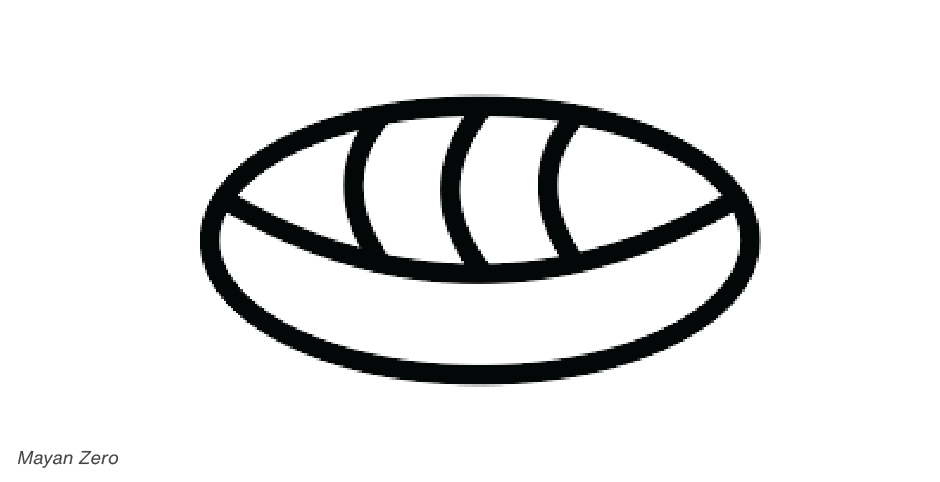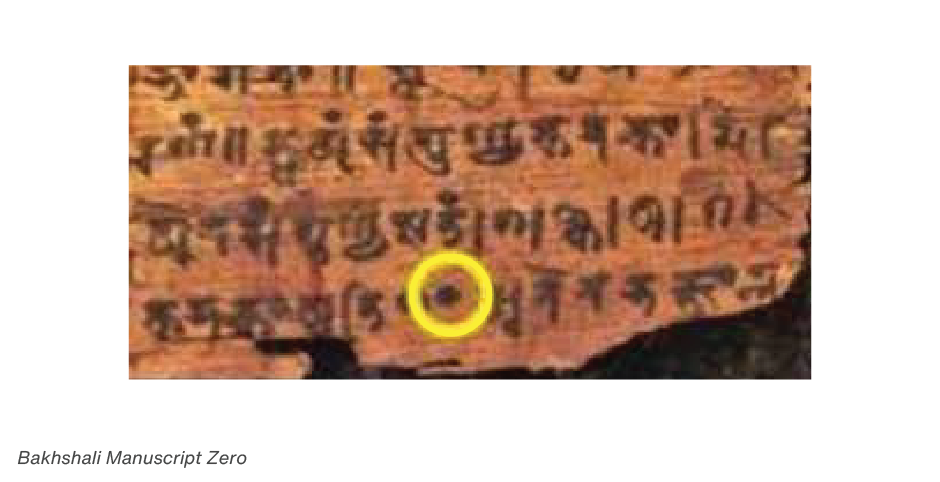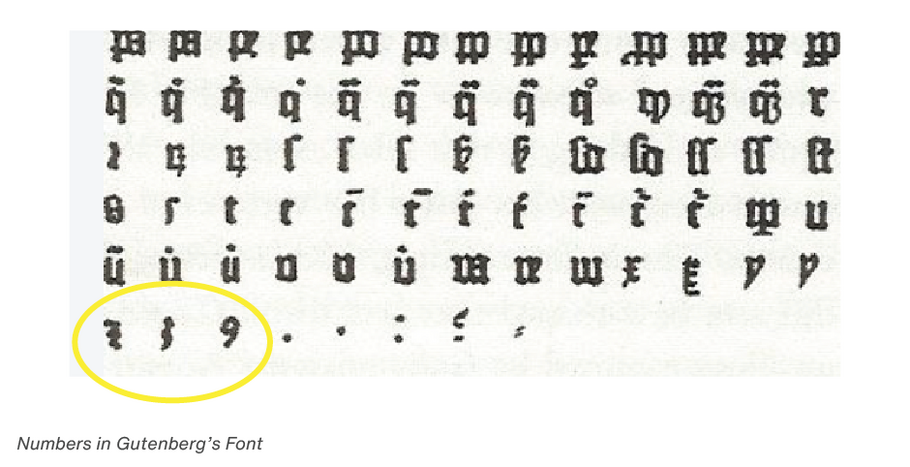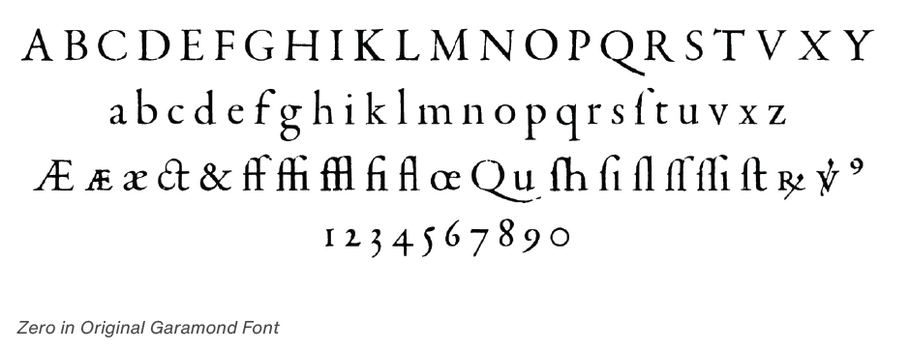Manual: Much Ado About Zero

Although our present letterforms evolved from Roman epigraphic letters, our numerals are Arabic in origin. The Roman numbering system was based on capital letters. We know these letters worked well for monumental inscriptions, but when used as numerals, they quickly become long strings of characters which are difficult to read and virtually impossible to use in any form of mathematical computation.

The Missing Figure
Ancient Greece and Rome may have been the centers of learning for history and literature, but the center for mathematical study lay elsewhere. Early cultures sought a numbering system that would work in a variety of situations, but for centuries their search was hampered by the absence of the concept of zero. The idea of zero as a number wasn’t realized until around the fourth century – and it didn’t happen in Rome. Zero was an integral part of the Mayan numeric system much earlier, but it did not influence Old World numeral systems

Credit for this influence goes to India. A large dot, likely to be the precursor of the still-current hollow symbol, is used throughout the Bakhshali manuscript, a ancient manual on arithmetic for merchants. The manuscript contains the earliest known Indian use of a zero symbol. It was written in a form of literary Sanskrit.

As result of their contact with India, Middle Eastern traders also adopted the concept of zero and became sophisticated mathematicians in their own right. For the most part, the symbols they used to represent numerals looked very much like those we currently use. However, it took many years for the western world to incorporate these characters into printing and writing. Commerce eventually caused the conversion from Roman to Arabic numerals. Merchants found Roman numerals too difficult to work with and too prone to error. As commerce spread, so did the use of Arabic numerals.
First Typographic Numerals
When Gutenberg invented the art of typography, he included a set of numerals in his font. But for almost 100 years, however, numerals were treated as “pi” characters and were not created as part of any particular typeface design.
First Typeface Sensitive Numbers
Claude Garamond, the great 16th century type designer, is generally credited with creating the first font of type that included numerals specifically designed to complement the letterforms of a specific typeface. Except for stylistic variations, Garamond’s numerals set the standard for over 200 years.
Garamond intended his numerals to be set as part of text copy, and he designed them with the same proportions as lowercase letters. Like lowercase letters, Garamond’s numerals were based on three forms: ascending, medial and descending. The zero was given no weight stress, to avoid confusion with the lowercase o.
This lowercase style of numerals remained a model for type designers until the late 18th century.
In today’s world of computers zero plays a very important role. On a micro level, computers are made of circuits that are either turned on, or turned off. The on state is represented by 1 and the off state by 0. The programming code, written to control computers, when reduced to its simplest form, is composed of 1s and 0s. It is hard to imagine how computers could have been created without the concept of zero and the digit we use to represent it.


